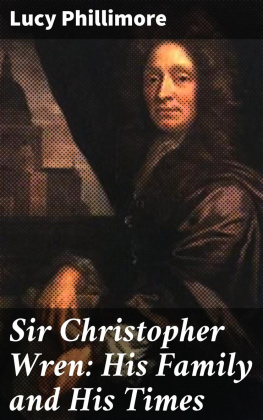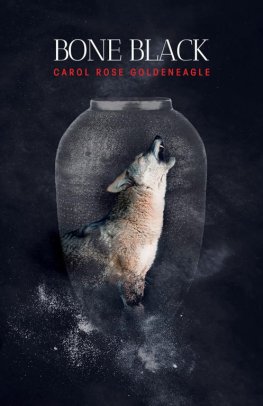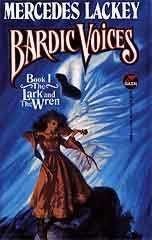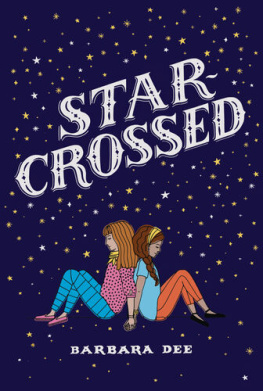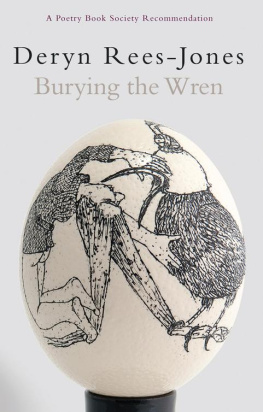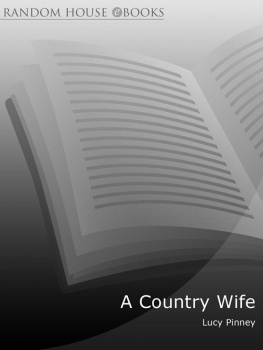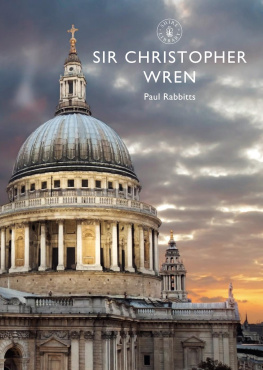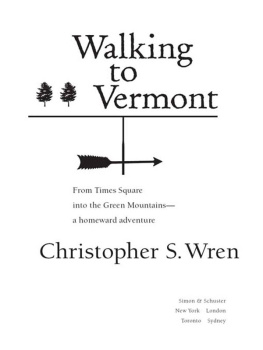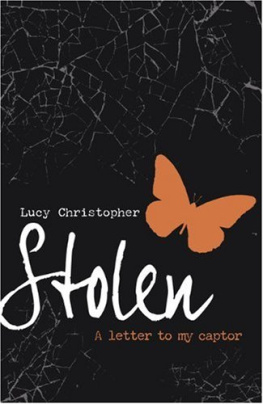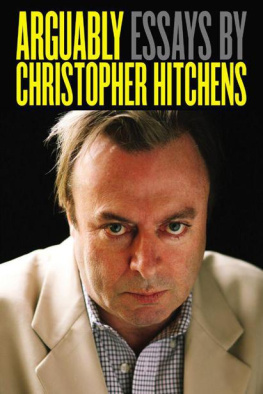PREFACE.
Table of Contents
The materials necessary for writing a life of Sir Christopher Wren are so difficult of access as possibly to explain the unsatisfactory character of such biographies as do exist. Mr. James Elmes, who venerated Wrens genius, published in 1823, a Life which contained a careful if a dry account of Wrens architectural works and of some of his scientific discoveries. He also published a smaller work, Sir C. Wren and his Times, intended perhaps to give a flavour of personal interest to the other volume. Neither book succeeds in doing this, and both have suffered from the circumstance that Mr. Elmes failing eyesight did not permit him to correct the proofs of either work, and accordingly many serious errors as to names and dates stand unaltered in them. There is a sketch of Wren in the British Family Library, one published by the Society for the Diffusion of Useful Knowledge, and one in the Biographica Britannica, but in them all it is with some of the works of the great architect that we become acquainted, not with himself.
The chief authority to which any biographer of Wren must perforce turn is, the Parentalia, or Memoirs of the Family of the Wrens: viz., of Matthew, Bishop of Ely; Christopher, Dean of Windsor and Registrar of the Garter; but chiefly of Sir Christopher Wren. This work, a folio, with portraits[1] of the three whose lives it records, was published in London in 1750, dedicated to Mr. Speaker Onslow. It was chiefly written by Christopher, the eldest surviving son of Sir Christopher Wren, finished and finally published by Stephen Wren, M.D., the second and favourite, son of the Mr. C. Wren above mentioned, with care of Joseph Ames, a fellow of the Society of Antiquaries. Several copies were presented to the University of Oxford.
The Parentalia, of which but a small edition was published, is now scarce and little known. It is put together, not quite at hap-hazard, but with no real method or order: digression ensues upon digression until all clue to the original date or subject is lost. Nor is the very imperfect index of names of any real assistance in the labyrinth thus created. Yet, with all its faults, the book is of great interest, and bears amidst all errors and omissions an unmistakably genuine stamp.
Bishop Wrens Diary, reference to which will be frequently found in the following pages, was kept by him in the blank leaves of Ponds Almanack, after this fashion:
August 30.Per vim hostilem eripior domo me.1642.
These entries cease with the death of his wife in 1646; even his own release from prison is not mentioned.
The old heirloom copy of the Parentalia intrusted to the writer of these pages contains a large additional number of prints and wood engravings by Virtue, Vandergucht, Loggan, and others, some printed accounts of the City Churches, and several letters, rough drafts of treatises, Garter records, and other MSS. in the handwritings of the Bishop, the Dean, Sir Christopher himself, and of some of their correspondents. Among the curious omissions of the Parentalia are the maiden name of Bishop Wrens wife, the date of the death of Sir Christophers mother, Mrs. Mary Wren, and the places and the dates at which either of Sir Christophers two weddings took place. Some of these and other gaps I have, by the aid of Notes and Queries, been able to supply. Wrens son and grandson are both alike silent on all political matters subsequent to the Restoration. The Popish Plot, the Trial of the Seven Bishops, King Jamess Abdication, the Landing of William of Orange are all passed by in perfect silence. The traditional politics of the Wrens were certainly those of the loyal Cavalier party, and they were in favour at the Court of the Stuarts.
It is curious how all political colouring disappears from the record after the period of the Restoration. Yet Sir Christopher, his cousins, and the very Mr. Wren who writes the book were all in Parliament, and that in more or less critical times. Such accidental hints as there are point, I think, to Sir Christopher as adhering, though very quietly, to the politics of his ancestors; and assuredly neither he nor his descendants had any cause to love the house of Hanover!
Wren was a steady Churchman, bred up in that school of Andrewes, of Laud, and of Matthew Wren, which, if it was anti-Puritan, was equally and emphatically anti-Roman. For this reason, if for no other, after the trial of the Seven Bishops had shaken the confidence of every Churchman in the country, Wren may have acquiesced in a settlement which appeared to promise protection to the Church without finally excluding the Stuart line. The Parentalia, published five years after the last Jacobite rising in 1745, preserves, as has been said, a political silence which may be that of discretion or of disappointment.
One word should be said as to Gresham College, where Wren held his first professorship. It was founded in 1579 by the will of Queen Elizabeths great merchant Sir Thomas Gresham. The college was no other than his own house in Bishopsgate, forming a quadrangle round a large garden. The seven professors, each of whom gave a lecture a day in term time, had a salary of 50l. a year and were lodged in the house. Gresham College escaped the Fire, and gave lodgings at that time to the Lord Mayor and the aldermen, who had been less fortunate. In 1768 it was pulled down by Act of Parliament, to give a site to the new Excise Office, and the original collegiate scheme was destroyed, though the lectures are still given in a lecture hall.
Little is known of Wren in his Masonic capacity. He is said to have been a member and a master of the Old Lodge of S. Paul,; now known as the Lodge of Antiquity.; All the records of the Lodge belonging to that time have unfortunately been lost, so that they cannot be consulted with reference to this matter.
The question has been raised whether Wren was a Freemason or not. On this point the Parentalia makes no explicit statement, though it appears to imply Wrens connection with the Order.
The Duke of Sussex caused a plate to be engraved in 1827 and affixed to the mallet which Sir Christopher was said to have presented to the Lodge, with this inscription:A. L. 5831. A.D. 1827. To commemorate that this, being the same mallet with which His Majesty King Charles II. levelled the foundation stone of S. Pauls Cathedral, A. L. 5677, A.D. 1673. Was presented to the Old Lodge of S. Paul, now the Lodge of Antiquity, acting by immemorial constitution, by Brother Sir Christopher Wren, R.W.D.G.M., Worshipful Master of this Lodge and Architect of that Edifice.
The statement respecting King Charless presence is probably an erroneous one. The Lodge possesses also three gilt wooden candlesticks in the form of columns, inscribed Ex dono Chr. Wren Eq. A. L. 5680.
Where quotations have been made directly from the Wren MS., from the Parentalia, or from Evelyns Diary, the spelling and stopping of the originals have been faithfully reproduced. For the rest, the writer can only hope that these pages may serve as a contribution towards that full and worthy biography of the great architect which may yet, she trusts, be written before London is finally robbed of the Churches with which Wrens genius endowed her.


